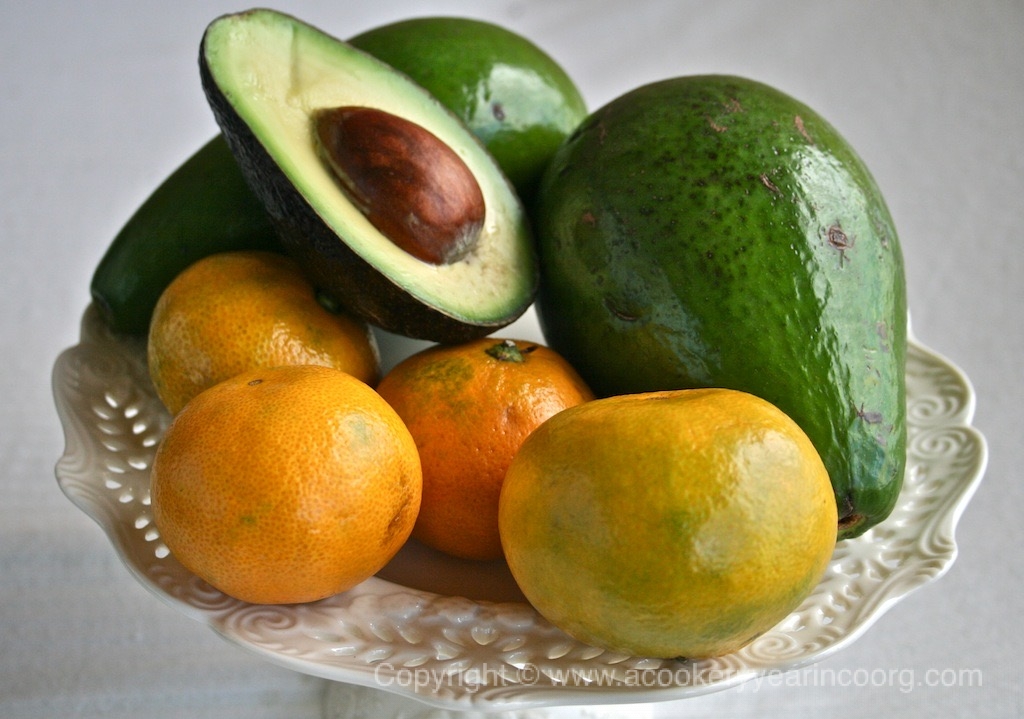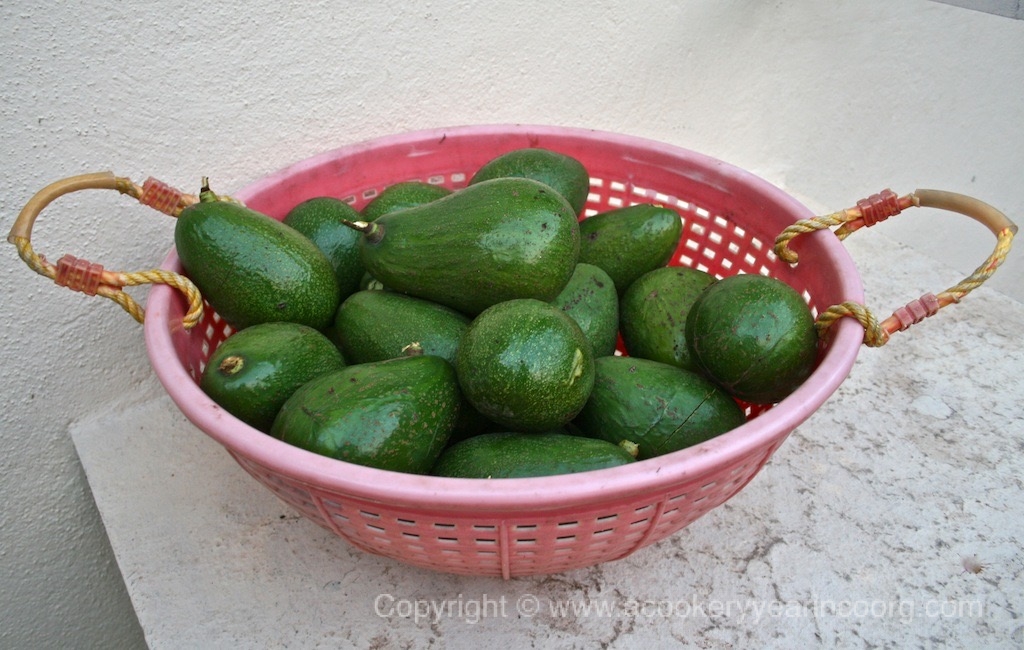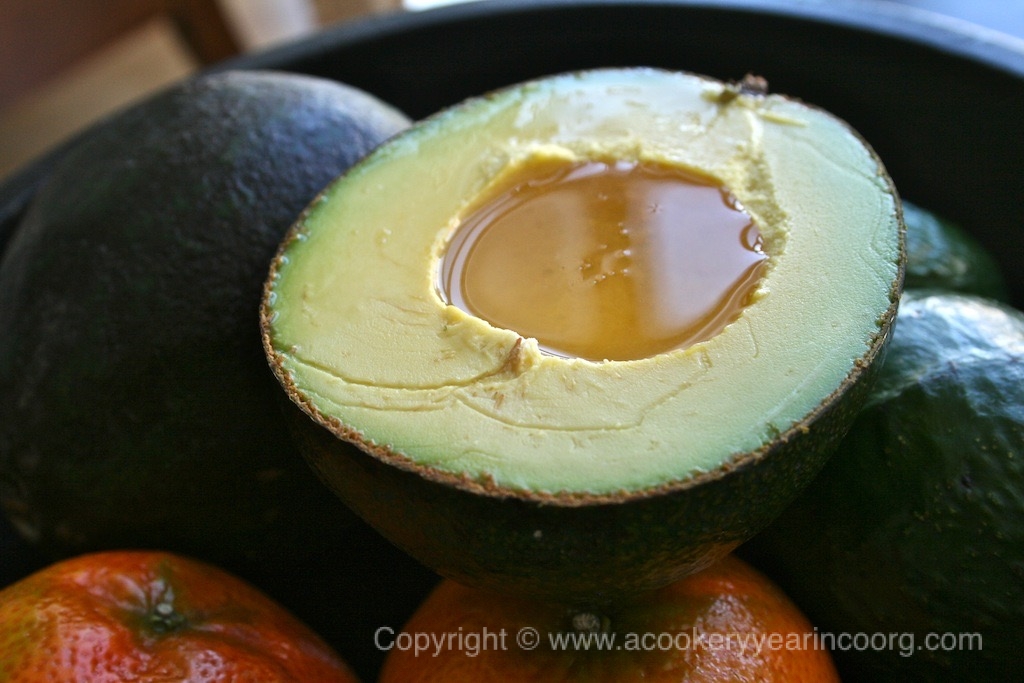The California Avocado Commission has declared June “California Avocado Month”. With 90% of avocados grown and consumed in the USA (and I’m guessing Canada too) coming from farms in California, that’s reason enough for this month long celebration of all things avocado.
Avocados are native to Central Mexico and have a long history of cultivation in Central and South America. Now here’s something interesting. Avocado cultivation seems to have arrived relatively late in California. According to a California Avocado Industry report, the first report on record of avocados being cultivated there dates to 1856, coming from an import of mixed tropical fruit plants from Nicaragua by Dr Thomas J. White. A more definitive attempt was made in 1871 by Judge R.B. Ord of Santa Barbara who imported trees from Mexico. I say relatively late, since given the proximity of California to the original source of these fruit and with its ideally suited climate, one would expect the avocado would have found its way north far earlier. Meanwhile, a whole world away, there seem to have been recorded sightings of avocados in India as early as the middle of the 18th century.
In Coorg, it has been a familiar sight at the table for the better part of a century. If my grandfather could recall eating them in his youth, that’s at least a hundred years ago! It’s possible some plants were introduced via Sri Lanka in the early days of coffee cultivation in Southern India. One report in a California Avocado Society yearbook says that it was an unnamed Bangalore based American missionary who brought plants back from the Royal Botanical Gardens of Ceylon after a visit there sometime between 1906 and 1914. The only clear account of someone whom we can directly credit with purposefully introducing avocado trees to Bangalore, and other places in India, is the eminent botanist and horticulturalist B.S. Nirody, whose observations on pollination in the fruit led to advances in their commercial cultivation in the USA.
Here’s an excerpt from Nirody’s research paper “Investigations in Avocado Breeding“, presented in Massachusssets Agricultural College in 1922.
“It is now generally known that the culture of the avocado (Persea americana Mill) already bids fair to rival the citrus industry in Florida, and that a similar outlook is described by the growers of California. The annual reports of the Florida State Horticultural Society and of the California Avocado Association, in successive years, make it abundantly clear that the avocado has already established its position as a standard fruit of commercial importance. Wilson Popenoe, who has made an extensive study of the fruit in all those countries where it has been grown since early times—the West Indies, Mexico, Guatemala, Costa Rica and Northern South America—and who is our best authority on this subject, is convinced that the avocado will before long be as familiar to the American people as the banana is today.”
And so it is!
We also learn from the proceedings of the Florida State Horticulture Society in 1933 that he had a variety of avocado named after him. “Nirody: An interesting variety in view of its known parentage. Mr. B. S. Nirody, who made the first detailed observations of avocado flower behavior, crossed the Pollock and McDonald. The resulting hybrid was named in his honor“.
On his return to India, Nirody was instrumental in planning and establishing magnificent parks and gardens in Mysore State, Jamshedpur, and Rashtrapati Bhavan. It was from an article by Laeeq Futhehally, that I first learned that it was Nirody who was also responsible for those “English” vegetables we enjoyed in South India.
“Big scale planting assignments continued, but he became a legend when he was asked during World War II to supply “English” vegetables like cauliflower, peas, carrots, and brussels sprouts for British troops posted in South India. The hillsides of Ooty (Udhagamandalam) were meticulously terraced and massive quantities of fresh vegetables started flowing into Bangalore“.
So those terraced fields planted with carrots, cabbage and cauliflower that flanked the school I attended in the Nilgiris were a direct result of this war effort. As for the farmers, I wonder if they ever imagined that marauding schoolchildren would be added to the list of pests that posed a threat to their crops!
To go back to avocados in Coorg, there is no distinct cultivar to speak of. They come in all shapes and sizes, some pale green, some dark, others purple. They are small, mid-sized, or tipping the scales at over two kilos. No one variety dominates, and its cultivation, for the most part, has been dependent purely on natural selection. And by this I mean, typically, people will save the seeds of a particularly tasty fruit in order to raise saplings! 🙂
As children, we only ever ate avocados one way – with honey, or sugar. It was the same with our parents and grandparents. Rarely, there might have been someone who would top a piece of toast with slices of salted and peppered avocado, but the default mode was: butter fruit + honey = happy. Discovering the world of guacamole, avocado omelettes (thank you Anjani!), soufflés, ice creams, milkshakes and many, many, more wonderful ways to appreciate this fruit was still to come.
In the early 1980’s we’d sometimes chance upon avocados at the fancy fruit vendors in Khan Market, or the INA market in Delhi, being sold at outrageous prices.They’re still sold there, and the prices continue to be outrageous! The taste and appetite for avocados has grown in recent years in India. Unfortunately, cultivation and marketing doesn’t seem to have kept pace. So much of the fruit grown in Coorg ends up going to waste. Reading a report on plans to import avocados to India from Mexico via the port of Mangalore, I couldn’t help but wonder if it wouldn’t perhaps be better to focus on improving and encouraging domestic production instead.
With all the wonderful ways I’ve learned to enjoy this fruit over the years, my favourite way is still the way I grew up eating it – cut it in half, across the equator or lengthwise- take out the seed carefully, fill both hollows with as much honey as they will hold, and scoop it up, one buttery, honey filled spoonful at a time. Bliss.
For a wealth of avocado recipes, take a look at the California Avocado Commission’s website.




Thank you Shalini for avocados and honey! I had only ever known the avocado as a savoury fruit, to be eaten with vinaigrette, prawns and in cheese omelets! After honey followed the experiences of giant Brazilian avocados whipped up into sweet thick fruit whips….all of it truly divine!
I remember the delight at the discovery of “avocado juice”!
I make these smoothies with honey, orange zest and avocado- flavours of Coorg!The Indonesian way, with a drizzle of coffee syrup is delicious too.
An Avocado smoothie wow must make . I just picked up a bunch Shalaini. The annoying assistant showed me a stack of purple ones , he said they were better because they were imported and cost four times 🙁 . I replied to him in fluent German and he shut up. I remember my father and mother in-law gathering the fruit by the basket and introducing me to this heavenly fruit . Avocado and Honey could anything be more Coorg in a way so simple and utterly butterly sweet .
Haha! That’s an interesting way to stop the sales pitch! Seriously, there is such a lot of hype around those “imported” fruit, and they sell at scandalous prices.I wish there was some more interest in improving avocado production and marketing in India. As it is in Coorg,at the price you’re offered, it feels better to give them away.
Avocados, or rather “butter fruit” and honey,so quintessentially Coorg. 🙂
Try the smoothies, they’re brilliant!
I will for sure Shalini honey, orange jest and avocado, gorgeous flavours from the hills.